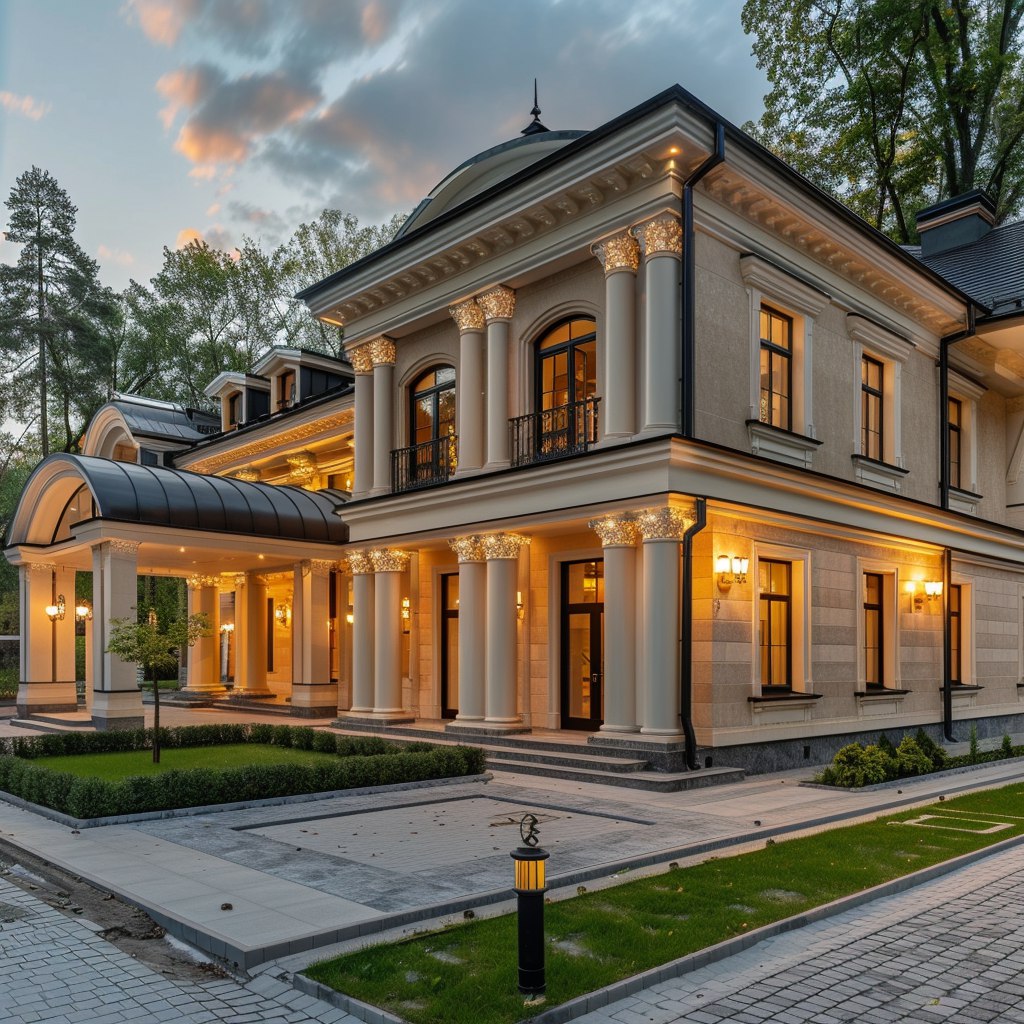Architectural visualization, often abbreviated as archviz, transcends mere representation; it’s a powerful tool that breathes life into architectural designs, conveying the essence and experience of a space before the first brick is laid. From hand-drawn perspectives of the Renaissance era to the photorealistic renderings of today, architectural visualization has continuously evolved, mirroring advancements in technology and artistic expression. Its purpose remains constant: to communicate a vision, elicit emotion, and facilitate informed decision-making.
A Historical Perspective: From Blueprint to Digital Canvas
The genesis of architectural visualization can be traced back to the Renaissance, where architects meticulously crafted hand-drawn perspectives to showcase their designs. These drawings, often rendered with meticulous detail and artistic flair, served as a primary means of communication between designers, builders, and patrons. The advent of architectural drafting and blueprints standardized the representation of technical information, but often lacked the emotive power to fully convey the spatial experience. With the rise of computer technology in the late 20th century, architectural visualization underwent a radical transformation. Early computer-aided design (CAD) software provided architects with the ability to create 2D and later 3D models, but these renderings initially appeared stark and technical. It wasn’t until the development of advanced rendering engines and specialized visualization software that the dream of photorealistic representations became a reality.
The Power of Photorealism: Creating Immersive Experiences
Modern architectural visualization https://provisual.pro/3d-architectural-visualization-price/ strives for photorealism, aiming to create images and animations that are indistinguishable from photographs. This pursuit involves meticulous attention to detail, including accurate modeling of materials, lighting, and textures. Sophisticated rendering algorithms simulate the complex interaction of light with surfaces, capturing subtle nuances that contribute to a sense of realism. The use of environmental features, such as landscaping, atmospheric effects, and even the inclusion of human figures, further enhances the sense of immersion. By crafting visually compelling and highly realistic representations, architects and designers can effectively communicate their vision to clients, stakeholders, and the public. This allows for better informed decisions, facilitates smoother approvals, and minimizes potential misunderstandings.
The Tools of the Trade: Software and Techniques
The architectural visualization industry relies on a diverse range of software tools and techniques. 3D modeling software, such as Autodesk Revit, SketchUp, and 3ds Max, provides the foundation for creating detailed architectural models. Rendering engines, like V-Ray, Corona Renderer, and Lumion, are then employed to generate photorealistic images and animations. Specialized post-processing software, such as Adobe Photoshop, is used to refine images, adjust color balance, and add final touches. In addition to software, architectural visualization artists rely on their understanding of lighting principles, material properties, and composition techniques. They carefully consider factors such as camera angles, depth of field, and the use of color to create visually appealing and effective representations. The mastery of these tools and techniques is essential for creating visualizations that accurately reflect the design intent and evoke the desired emotional response.
Beyond Still Images: Animation and Interactive Experiences
While still images remain a cornerstone of architectural visualization, the industry is increasingly embracing animation and interactive experiences. Animated walkthroughs and fly-throughs allow viewers to explore a building or space in a dynamic and engaging way. Interactive visualizations, often delivered through web browsers or virtual reality (VR) headsets, provide users with the ability to navigate a virtual environment, customize finishes, and experience the design from different perspectives. These immersive technologies are transforming the way architects and clients interact with designs, offering a more intuitive and collaborative approach to the design process. Virtual reality, in particular, holds immense potential for creating truly immersive and emotionally resonant experiences, allowing users to step inside a building before it is even built.
The Future of Archviz: AI, Real-time Rendering, and Beyond
The future of architectural visualization is poised for further innovation, driven by advancements in artificial intelligence (AI), real-time rendering, and cloud computing. AI-powered tools can automate repetitive tasks, such as generating realistic textures or optimizing lighting setups, freeing up artists to focus on creative aspects of the visualization process. Real-time rendering engines are enabling the creation of interactive visualizations with unprecedented levels of realism and responsiveness. Cloud computing is providing access to powerful computing resources, allowing for the rendering of complex scenes quickly and efficiently. As these technologies continue to evolve, architectural visualization will become even more accessible, immersive, and powerful, further blurring the lines between imagination and reality. The continuous pursuit of realism and the embrace of emerging technologies will undoubtedly shape the future of the architectural design and communication landscape.
